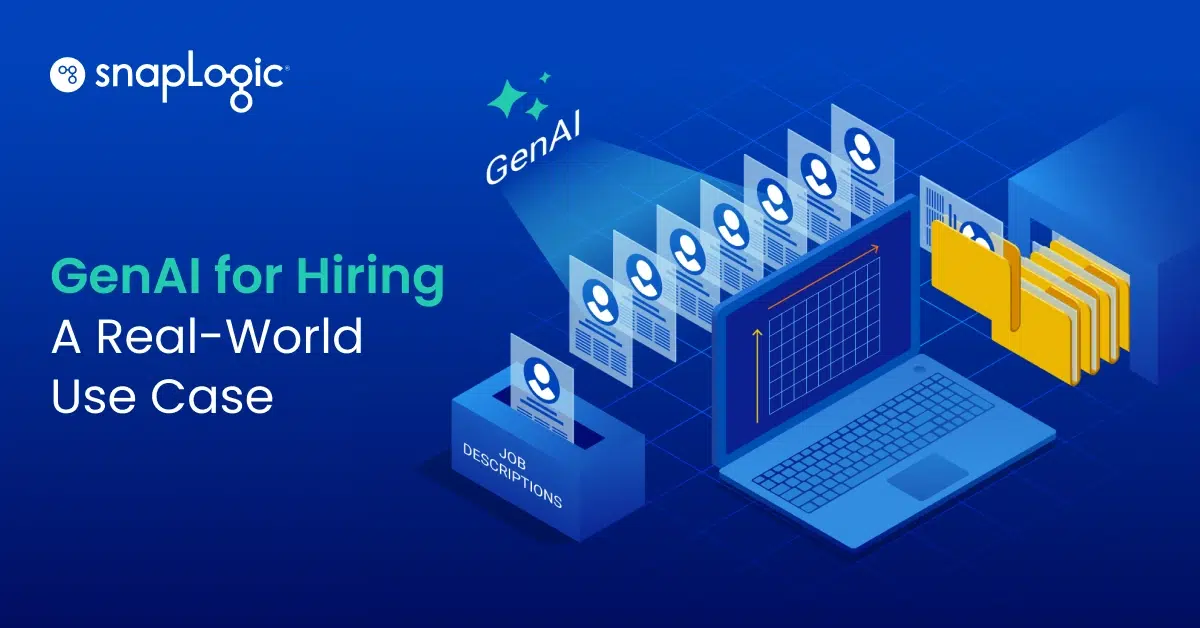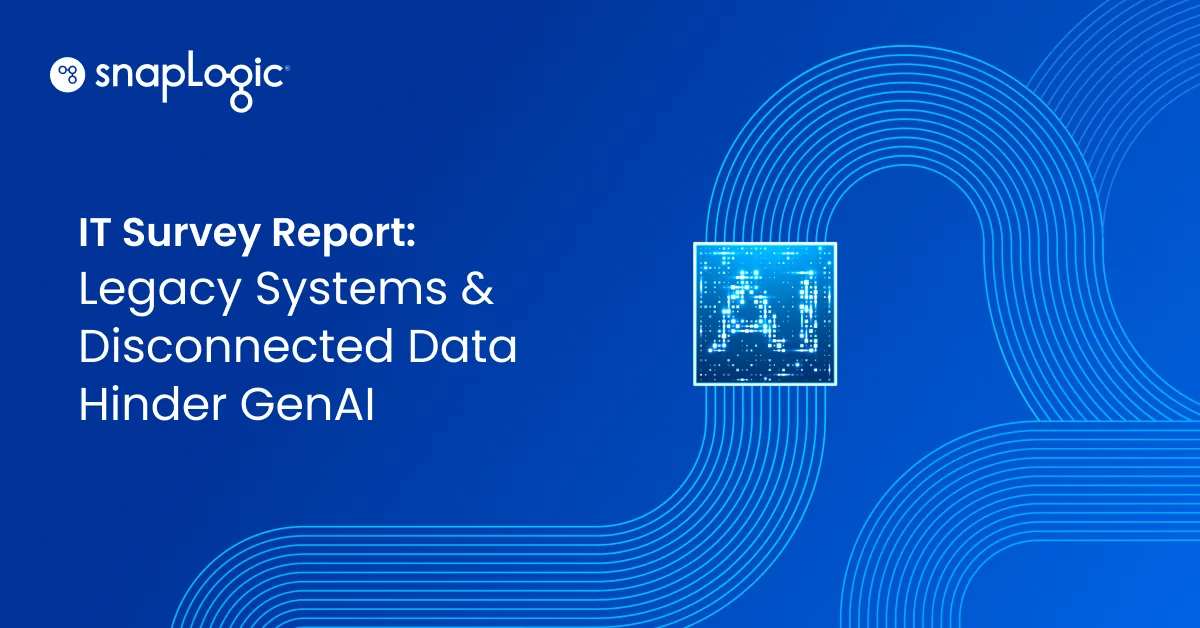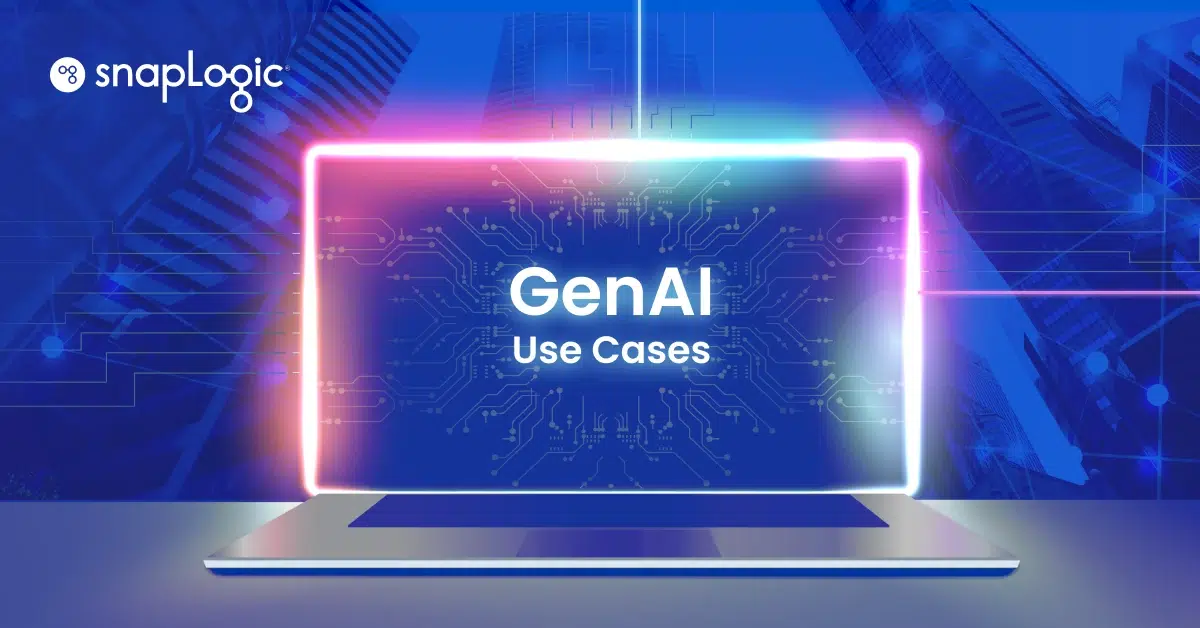As someone whose personal, academic and professional life has been shaped by writing, I’m concerned about the role generative AI tools like ChatGPT play in the creative process. My worry isn’t about being replaced by AI, but rather how these tools might lead us to outsource the hard work of thinking, causing the mental muscles involved in writing to atrophy or never fully develop. I’ve also noticed a level of detail often gets lost in the chain from the human brain, to the prompt, to the Large Language Model (LLM), and finally to the output.
However, despite these concerns, I’m excited about the revolutionary potential of modern LLMs and am confident they will bring lasting changes to the way we work. In the enterprise context, where efficiency, consistency, and scalability are key, GenAI can address complex challenges in ways that augment rather than replace human creativity and expertise. In this spirit, this blog highlights five real-world GenAI use cases in the enterprise—none of which were written by ChatGPT. These examples, at varying stages of maturity, reflect the innovative ways SnapLogic is partnering with customers to solve complex problems using generative AI:
- Standardizing and creating global job descriptions
- Optimizing the fraud review process
- Automating summary benefit coverage documentation
- Improving the proposal process
- Analyzing legal and financial documents
Standardizing and creating global job descriptions
Area: Human Resources (HR)
Description: Automating the standardization and creation of job descriptions with GenAI enhances administrative efficiency while ensuring job roles are clearly defined, aligned with organizational structure, and supportive of both internal and external pay equity. This process involves standardizing existing job descriptions and creating new ones that fit seamlessly within the company’s hierarchy.
Why this is a good use case for GenAI: This HR use case is particularly well suited for GenAI-powered automation due to the need for consistency across large volumes of text, the ability to overcome human errors and biases, and foundational knowledge most organizations already possess (e.g., organizational hierarchies, existing job descriptions).
Benefits: Automating the standardization and creation of job descriptions reduces the time and effort required for HR teams, minimizes human errors and biases, and ensures alignment between roles and organizational priorities. This leads to more accurate and equitable job descriptions, improving internal mobility, talent management, and overall efficiency within the enterprise. If you’re interested in learning more about this use case, check out our blog: Never Write Another Job Description—A Real-World GenAI Use Case.
Optimizing the fraud review process
Area: Banking & Finance
Description: Automating the fraud review process with GenAI enhances efficiency by quickly analyzing account data and cross-referencing it with the Account Takeover (ATO) detection model. This automation reduces the need for manual reviews by the fraud team, allowing for faster identification of potentially fraudulent activities and improving the overall security of member accounts.
Why this is a good use case for GenAI: Leveraging GenAI for this use case is advantageous because it involves processing large volumes of data in real-time, which is critical for detecting and responding to fraud. The ability of GenAI to automate complex, data-intensive tasks like fraud review not only speeds up the process but also reduces the risk of human error. Additionally, the flexibility of GenAI in handling nuanced, evolving fraud patterns makes it an ideal tool for enhancing fraud detection and prevention efforts.
Benefits: Implementing this GenAI-powered solution will enhance fraud detection capabilities, allowing for quicker identification and blocking of fraudulent activities. The ability of GenAI to automate complex, data-intensive tasks like fraud review not only speeds up the process but also reduces the risk of human error. For example, J.P. Morgan has leveraged AI to reduce rejection rates by 15-20%, demonstrating GenAI’s effectiveness in improving accuracy and customer experience in fraud prevention.
Automating summary benefit coverage documentation
Area: Insurance
Use Case Description: Automating the creation and standardization of summary benefit coverage (SBC) documentation using GenAI enhances accuracy and ensures compliance with industry regulations. This process involves generating clear, consistent SBCs that align with the specific details of various insurance plans, reducing the manual effort required by compliance teams.
Why this is a good use case for GenAI: GenAI excels in handling large volumes of text and complex regulations, making it ideal for generating SBC documents that must be precise, standardized, and compliant. The automation process reduces the risk of human error and ensures that the documents are consistently formatted and accurate across all insurance plans.
Benefits: Automating SBC documentation saves time, reduces the risk of compliance issues, and ensures consistency across all insurance offerings. This leads to more efficient operations, fewer manual errors, and a better experience for both compliance teams and policyholders.
Improving the proposal process
Area: Business Development
Description: Automating the proposal creation process with GenAI improves efficiency and accuracy across various industries, from infrastructure projects to intelligence services. This process involves ingesting bid documents, extracting critical information, summarizing requirements, and generating draft responses based on previous successful proposals. The solution can also accommodate companies handling sensitive information by utilizing a local LLM for enhanced security.
Why this is a good use case for GenAI: GenAI is particularly effective in processing large volumes of complex bid documents, identifying hidden risks, and producing high-quality responses. This reduces manual effort, improves bid accuracy, and increases competitiveness across various sectors.
Benefits: Automating the proposal process cuts costs, reduces time spent on bid preparation, minimizes errors, and boosts the likelihood of winning contracts.
Analyzing legal and financial documents
Area: Legal & Finance
Use Case Description: Automating the analysis of legal and financial documents using GenAI enhances the accuracy and efficiency of compliance checks, document scanning, and summarization. This process includes automating the validation of vendors and contracts against security standards, as well as summarizing financial market documents to ensure compliance with trading regulations.
Why this is a good use case for GenAI: GenAI is well-suited for this use case because it can process large volumes of complex legal and financial data quickly and accurately. By automating these tasks, the system reduces the risk of human error and regulatory non-compliance, which can lead to significant fines. Additionally, GenAI can integrate seamlessly with existing systems to automate data validation and document management processes, further enhancing operational efficiency.
Benefits: Automating the analysis of legal and financial documents saves significant manual effort, reduces regulatory risks, and prevents potential fines. This leads to cost savings, increased revenue, and more robust compliance processes.
Unlocking GenAI’s true potential
GenAI excels at automating complex processes, proving its value in diverse enterprise applications. An oversimplification would be to say that it introduces flexibility into process automations that was previously impossible. While there is often an emphasis on content generation when it comes to GenAI use cases, the true value lies in its ability to transform how businesses operate on a fundamental level. From standardizing job descriptions to optimizing fraud detection, GenAI is not just about producing text–it’s about driving efficiency, consistency, and innovation across industries. If you’re interested in learning more about how generative AI can benefit your business:










